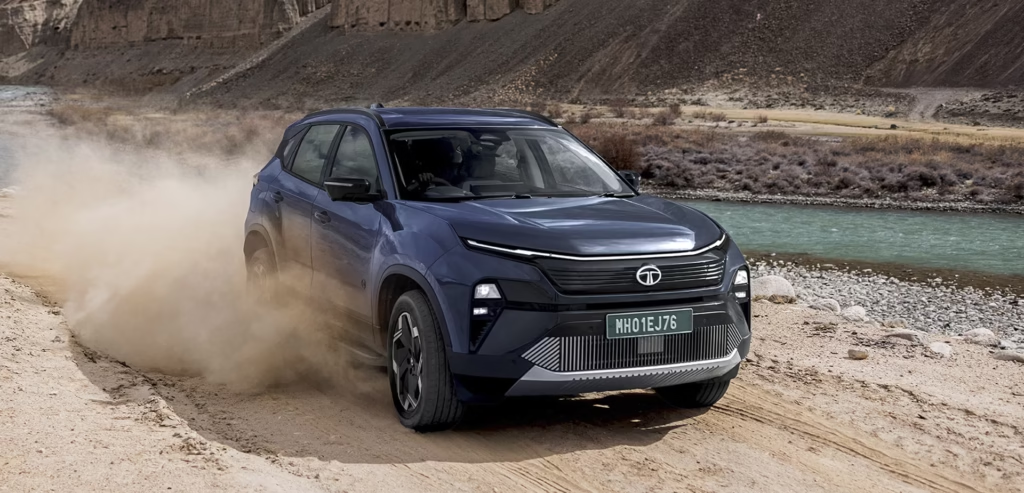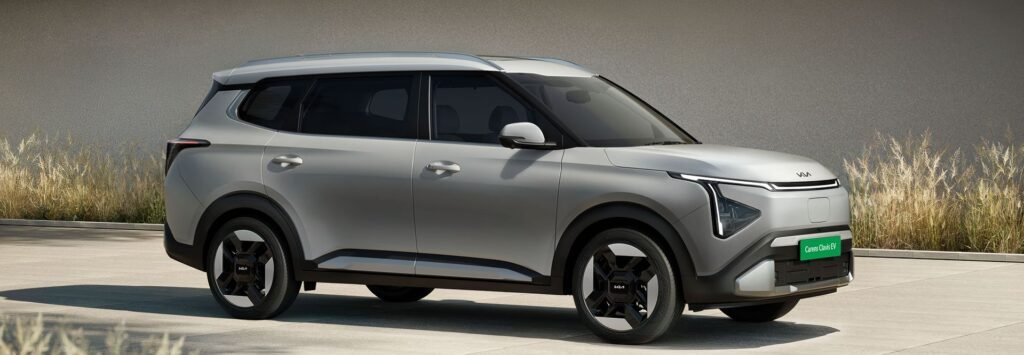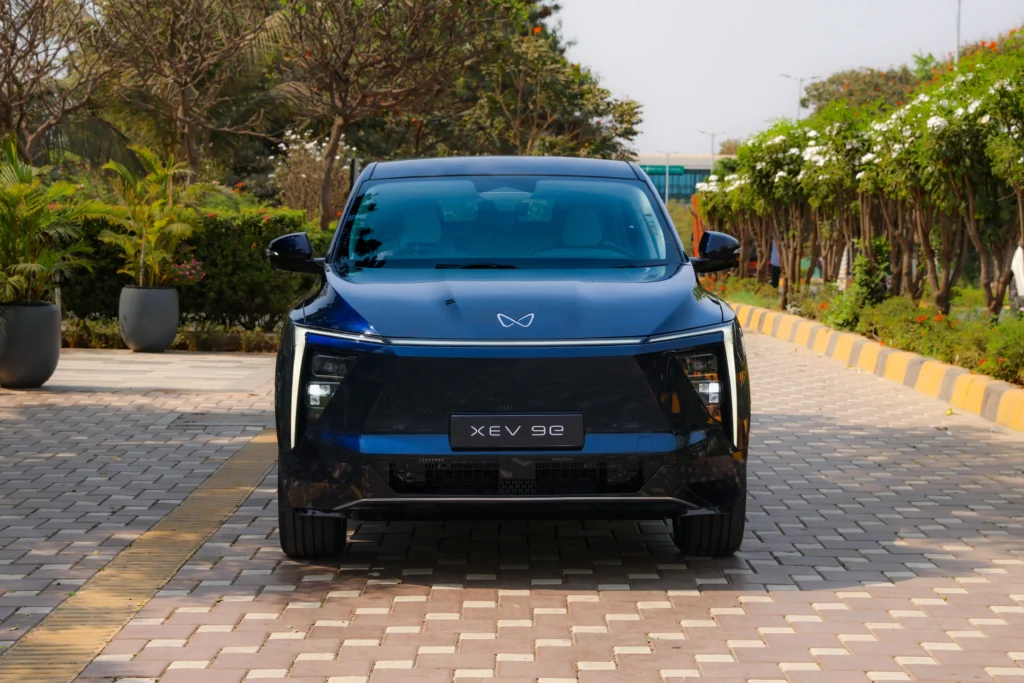The Indian electric vehicle market is on the cusp of a significant policy shift as the government considers a steep hike in the GST on EVs above 20L. The Group of Ministers (GoM) on GST rate rationalisation has proposed a new structure that could see GST on four-wheeled electric vehicles (EVs) costing between ₹20 lakh and ₹40 lakh shoot up from the current 5% to a hefty 18%. If accepted in the upcoming GST Council meeting (September 3–4, 2025), the move could redefine the pricing and appeal of luxury and premium electric cars in India.
Also Read: Top 5 Safest Electric Cars in India (Bharat NCAP)

GST on EVs Above 20L: What’s Changing and Why?
Currently, all EVs in India benefit from a concessional 5% GST, which was designed to encourage mass adoption and make green technology accessible. However, the new proposal recommends:
- Raising GST on premium EVs (₹20–40 lakh) from 5% to 18%
- Maintaining 5% GST for affordable EVs and mass-market segments
- Keeping electric buses at a concessional GST to promote public mobility
The rationale is to differentiate between affordable, adoption-focused electric vehicles and luxury EVs meant for affluent buyers—the latter group, authorities say, does not need heavy subsidies or tax breaks at the cost of public revenue.
Also Read: Tata Harrier EV vs Hyundai Creta Electric
Old and Proposed New Rates
| Segment | Current GST Rate | Proposed GST Rate | Tax Increase |
|---|---|---|---|
| Affordable EVs (<₹20L) | 5% | 5% | None |
| Premium EVs (₹20-40L) | 5% | 18% | +13 percentage points |
| Electric Buses | 5% | 5% | None |

Potential Impact on Buyers and Market
A sharp hike in GST on EVs above 20L will immediately alter the cost dynamics for high-end models—potentially raising prices by lakhs of rupees. For example, a premium electric SUV currently priced at ₹30 lakh (with 5% GST) could become at least ₹3L-₹4L costlier if GST is revised to 18%. This will directly affect luxury-segment buyers, who are often early technology adopters and urban professionals seeking premium green mobility.
- EVs most affected: Cars like the Tata Harrier EV, Mahindra XEV 9E, Hyundai Ioniq 5, Kia EV6, BYD Seal, Volvo EX30/EX40, BMW i4/iX1, and Mercedes EQB could see a big hit in affordability.
- Replacement effect: Buyers seeking low running costs and future-proof tech may turn back to top-end petrol/diesel options or wait for mainstream EV prices to drop.
Also Read: Kia Carens EV HTK+ Review (2025) – Impressive Features & Comparison with Creta EV Executive

Why the Change? Policymaker Arguments
The recommendation to increase GST on EVs above 20L is motivated by several factors:
- Targeted Subsidy: The existing 5% GST benefits luxury buyers as much as those buying their first EV, which officials see as inequitable.
- Revenue Loss Concerns: High-value purchases at low GST rates reduce indirect tax collection, and states feel the pinch of forgone revenue.
- Segmentation for Mass Adoption: The move aims to keep financial incentives focused on affordable EVs where price sensitivity and adoption barriers are highest, in line with India’s green mobility mission.
Officials also point out this is just a recommendation—the final call will rest with the GST Council after reviewing input from all states.
Industry, Consumer and Policy Reactions
- Industry Concerns: Some automakers and market experts warn the move could slow down premium EV adoption, which often creates a technology halo and accelerates EV infrastructure growth.
- Consumer Sentiment: Affluent buyers may reconsider purchases or delay upgrades due to reduced price gaps versus internal combustion models.
- Government Perspective: Authorities want to strike a balance between promoting sustainability and ensuring equitable tax policy, while not hindering mass-market EV growth.
Also Read: Maruti Suzuki e Vitara Production Begins – Global Exports to 100 Countries
What Remains Unchanged?
Despite the proposal to hike GST on EVs above 20L, mass-market EVs under ₹20 lakh—including top-selling models from Tata, Mahindra, MG, and Citroen—will continue to enjoy the current 5% GST, helping maintain affordability and drive broad-based adoption. Electric buses for public transport also remain at the concessional rate, supporting green mass mobility.
What Happens Next?
The final decision on GST on EVs above 20L is expected at the GST Council meeting in early September 2025. If approved, the new rate will take effect immediately, forcing both manufacturers and buyers in the upper bracket to adjust their strategies.
Conclusion
The proposal to increase GST on EVs above 20L from 5% to 18% marks a new chapter in India’s fast-evolving EV policy landscape. While designed to balance social equity and government finances, it could make luxury electric cars significantly pricier overnight. All eyes are now on the GST Council for a ruling that will shape the trajectory of the premium electric vehicle market for years to come.

